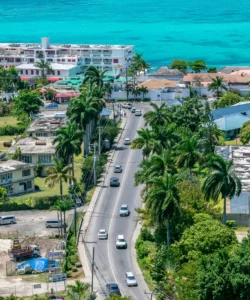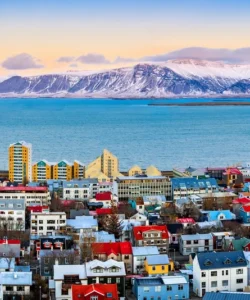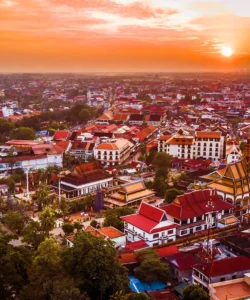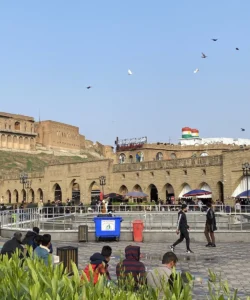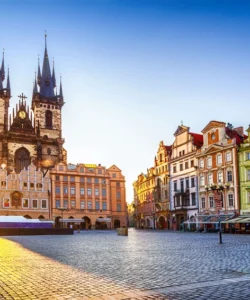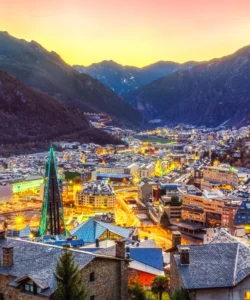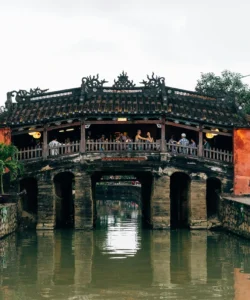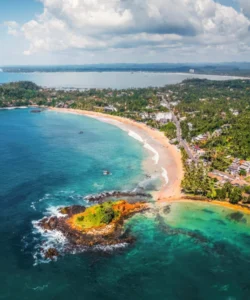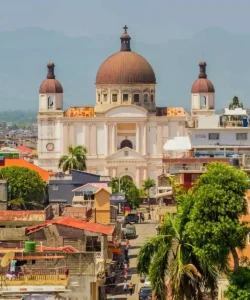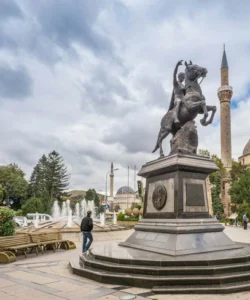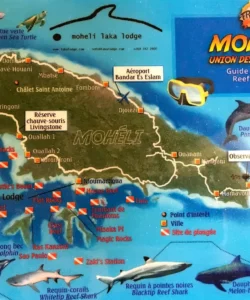Kenya is a country in East Africa with a diverse landscape and a rich culture. It’s bordered by South Sudan, Ethiopia, Somalia, Uganda, and Tanzania, and has a coastline on the Indian Ocean. Kenya is known worldwide for its spectacular wildlife safaris and its long-distance runners.
![]()
Area and Geography:
Kenya covers an area of approximately 582,646 square kilometers. Its geography is diverse, ranging from low-lying plains along the Indian Ocean coast to central highlands bisected by the Great Rift Valley, and a fertile plateau in the west around Lake Victoria. The country is home to Mount Kenya, the second-highest mountain in Africa. Much of the northern and eastern parts of the country are arid or semi-arid.
Population:
As of a 2022 estimate, the population of Kenya was around 51 million, though a 2021 estimate placed it closer to 53 million. The 2019 census reported a total population of 47,564,296.
Language:
The national language of Kenya is Kiswahili. The official languages are Kiswahili and English. The state also promotes and protects the diversity of indigenous languages.
Currency:
The currency used in Kenya is the Kenyan Shilling (KES).
Religion:
The majority of Kenyans are Christians (approximately 70%, with 38% Protestant and 28% Catholic). Around 25% are adherents of indigenous religions, and about 6% are Muslim. There are also smaller communities of Hindus, Sikhs, Parsees, and Bahais among the Asian population.
Capital and Major Cities:
The capital city of Kenya is Nairobi, which is also the largest city in East Africa and a significant commercial hub. Other major cities include:
- Mombasa: Kenya’s main port city on the Indian Ocean and a popular holiday destination.
- Kisumu: The chief port city on the shores of Lake Victoria, serving western Kenya, Uganda, and Tanzania.
- Nakuru: An agricultural and industrial town in the Rift Valley basin.
- Eldoret: An agricultural town serving wheat and maize farmers in the North Rift.
Attractions and Wonders:
Kenya is famous for its incredible wildlife and natural beauty. Key attractions include:
- Maasai Mara National Reserve: Arguably one of the best places in Africa for wildlife viewing, particularly known for the Great Wildebeest Migration.
- Amboseli National Park: Famous for its large elephant herds and stunning views of Mount Kilimanjaro.
- Nairobi National Park: A unique wildlife park located right on the edge of the capital city.
- Lake Nakuru: Known for its vast flocks of flamingos.
- Diani Beach (Mombasa): Beautiful beaches along the Indian Ocean coast.
- Karen Blixen Museum (Nairobi): The former home of the renowned Danish author.
- The Giraffe Centre (Nairobi): A conservation center for Rothschild’s giraffes.
- East African Rift Valley: A prominent geological feature offering dramatic landscapes.
- Cultural encounters: Opportunities to interact with various tribes like the Maasai and Samburu.
Architecture:
Kenyan architecture reflects its diverse cultural history, blending traditional African, Islamic, and European influences.
- Traditional African architecture: Characterized by the use of local materials like mud, thatch, and stone, seen in huts and homesteads.
- Islamic architecture: Evident in ancient mosques, particularly along the coast (e.g., Mandhry Mosque from 1570, Basheikh Mosque from early 1300s in Mombasa).
- Colonial Revival style: Influences from the colonial period.
- Modernism and Functionalism: Became dominant post-independence, aimed at creating a distinct Kenyan identity.
- Contemporary Kenyan architecture: Often incorporates traditional elements with modernist and minimalist designs, focusing on sustainability and environmental responsibility.
Roads:
Kenya has a varied road system, from forest trails to technically constructed, paved multilane roads. The classified roads, administered by the Ministry of Transport and Communication, include:
- International Trunk Roads (Class A): Link centers of international importance and cross international boundaries or terminate at international ports.
- National Trunk Roads (Class B): Connect centers and/or areas of national importance.
- Primary Roads (Class C): Connect important provincial centers.
- Secondary Roads (Class D) and Minor Roads (Class E).
While conditions can vary, paved roads exist, especially on major routes. Driving is on the left side of the road. Self-driving in national parks is generally not recommended, and a 4×4 with a driver/guide is often preferred for safety and comfort.
Hotels:
Kenya offers a wide range of accommodation, including well-known international hotel chains such as:
- Hilton
- Fairmont
- Kempinski
- Radisson Blu (Park Inn by Radisson)
- Crowne Plaza
- Doubletree by Hilton
- Marriott brands (Aloft, Four Points by Sheraton)
- InterContinental
Safari lodges and tented camps within national parks and reserves also provide unique and luxurious experiences.
Restaurants:
Kenyan cuisine is an attraction in itself, and the country boasts a variety of restaurants. Some famous establishments include:
- Carnivore Restaurant (Nairobi): A legendary “meat lover’s paradise” known for its wide range of grilled meats, including exotic options like ostrich and crocodile, served churrascaria-style.
- Talisman (Nairobi): An eclectic gastrolounge offering a fusion of European, Pan-Asian, and African cuisines.
- Seven Seafood and Grill (Nairobi): An award-winning restaurant specializing in seafood.
- Ali Barbour’s Cave Restaurant (Diani Beach): A unique dining experience set within an ancient coral cave.
- Haandi Restaurant (Nairobi): A popular spot for authentic Indian cuisine.
- Nyama Mama (Nairobi): Offers a contemporary Kenyan twist on comfort food.
Cuisine:
Traditional Kenyan cuisine is characterized by fresh, readily available ingredients. Staples often include:
- Ugali: A dense porridge made from cornmeal, often served with stews or greens.
- Sukuma Wiki: Braised leafy greens (collard greens or kale) cooked with onions, tomatoes, garlic, and coriander.
- Nyama Choma: (Literally “burnt meat”) Grilled goat or beef, a very popular dish often accompanied by kachumbari.
- Kachumbari: A fresh salsa-like condiment made from chopped tomatoes, onions, coriander, and chili.
- Pilau: A savory rice dish with spices and vegetables, influenced by Indian cuisine.
- Wali wa Nazi: Coconut rice, another popular rice dish.
- Irio: A mashed peas and potato dish, often served with meat or stew.
- Maharagwe: A bean stew.
- Chai: Milky, sweet tea, a favorite hot beverage.
Annual Travel:
Kenya’s tourism sector is significant. In 2019, the country received over 2 million international visitors. The Maasai Mara and other national parks are major draws, especially during the Great Migration season. Travel is generally favorable during the drier seasons (September to March).

